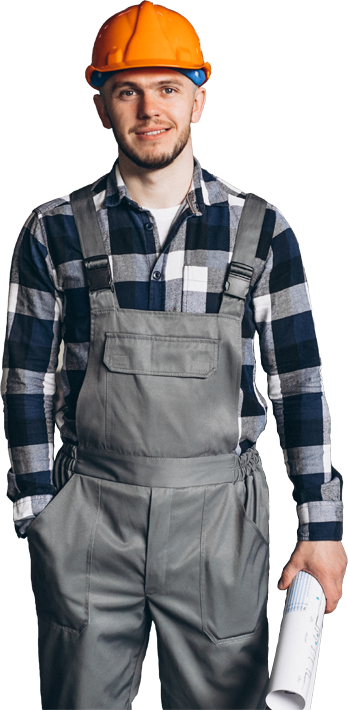
opSolutions
Patients
Step 1 : Recovering
During your hospital stay, it is important to do the following :
- Take care of your wound as it heals
- Stretch and strengthen your muscles
- Learn to transfer safely between your bed and other surfaces
- Learn to use walking aids as needed
- Learn to manage daily living skills
Step 2 : Preparing for Your Prosthesis
After you arrive home, you may begin to prepare for your prosthesis fitting :
- Take care of your wound (with sutures or staples still in)
- Keep your residual limb straight as often as you can
- Continue exercises learned in the hospital
- Move safely at all times to prevent falls
- Keep all follow-up appointments
Step 3: Your Prosthetic Fitting
Once your wound has healed, your first visit to the prosthetist may take place. He or she will begin fitting you with a preparatory prosthesis. During this stage, the main goals are :
- Daily care of your residual limb
- Daily use of a shrinker sock
- Desensitization and scar massage
- Continued stretching and strengthening of muscles
Step 4 : Using Your Prosthesis
You will use the preparatory prosthesis until your residual limb has reached a stable size. This can take 2-6 months. Then you may receive a definitive (sometimes called permanent) prosthesis. This prosthesis may have a more natural look or have more advanced parts. Or, you will continue to use the preparatory prosthesis and it will serve as your definitive prosthesis. During this stage, you’ll learn how to :
- Don (put on) and doff (take off) the prosthesis
- Adjust sock ply (thickness)
- Walk with your prosthesis, using parallel bars
- Use a walking aid (such as a walker or cane)
- Walk without an aid, if possible
- Prevent falls
- Care for and clean the prosthesis
- Gradually increase the length of time the prosthesis is worn each day

